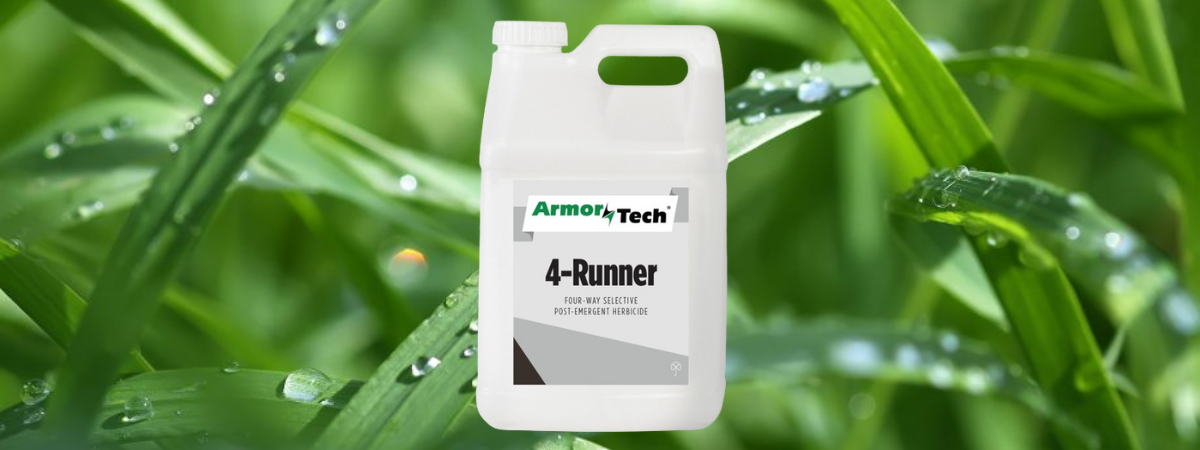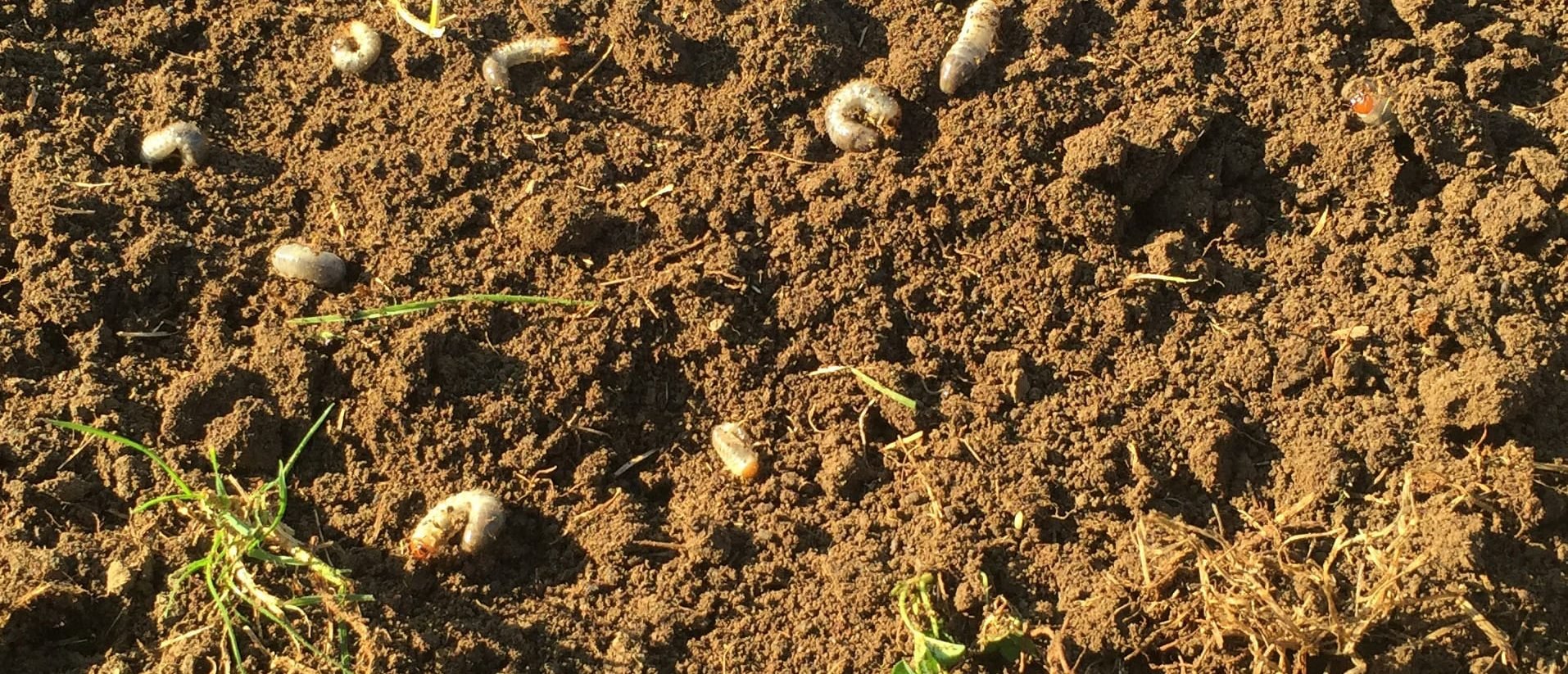If your grass has turned a color other than green, it’s probably trying to tell you something. Knowing what it’s trying to tell you will help determine the best way to get it back to a healthy color. Here are the common causes of discolored grass.
Orange grass has an infection.
The cause of orange grass is usually fungi. Specifically, fungi known as rust diseases earn their name by forming orange growths on grass blades. Low nitrogen is often the cause of rust disease, so nitrogen fertilization can help correct the problem. For cool-season grasses, spring fertilization is also helpful to prevent future rust infections. If the grass is closer to a pinkish-orange color, then the cause could be a different fungus known as snow mold. Especially for lawns that have been sitting under snow all winter, snow mold is a common problem in the spring.
Brown grass is dead (or just sleeping).
Grass that’s tan and looks like straw could be dead, or it may simply be dormant. Grass typically dies from prolonged heat stress. Fescue may go into dormancy as a last-ditch effort to survive and, if the weather improves, could pull through. There are also various fungal diseases that can cause the grass to turn brown. Brown patch is a common example. These diseases can spread quickly but, if caught early, can be controlled with an appropriate fungicide.
Purple grass is stressed out.
While some ornamental grasses are naturally purple, a turfgrass lawn should never be purple. The color indicates that the lawn is experiencing a high level of stress, often from a lack of water or excessive heat. Start watering the grass frequently to help it recover from the stress.
Yellow grass doesn’t like your dog.
There are a variety of problems that can cause yellow grass, including pest problems, dog urine, and overfertilization. Dog urine is the most common cause of yellow grass, and also the simplest to correct. If your dog always urinates in the same spot, you can simply flush the area with a hose each time to dilute it. The yellow color comes from the high levels of nitrogen in dog urine, or potentially from using too much nitrogen fertilizer. If you haven’t fertilized recently and don’t have a dog, consider performing a soil test to determine the source of the problem.
As always, your sales representative can help troubleshoot why you’re seeing discolored grass and what you can do to correct the problem.












